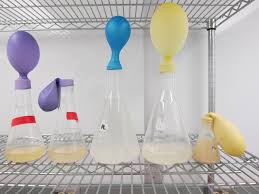How to write a Forensic Case Study: Murder of Junko Furuta

Photo of Junko Furuta For one to score high marks in a Forensic Case Study, one must adhere to the following: Background of the case: This section contains details about the crime. It includes; the reasons for committing the offense, the conditions which the crime was committed, the circumstances of the crime scene and clear identification of the suspect(s) and the victim(s). One should ensure that the information in this part gives a precise idea of what the case is all about. Pick and Write an article on Iwriter Website Evidence: This encompasses the piece of evidence found at the crime scene. The evidence should be described in details, that is, ways in which the evidence was collected, processed and preserved. Forensic Tests: The tests should be two or more that were used to analyze the evidence. The science or theory of instrumentation used must be described fully. Results: This consists of a detailed explanation of the forensic tests and the data inter


